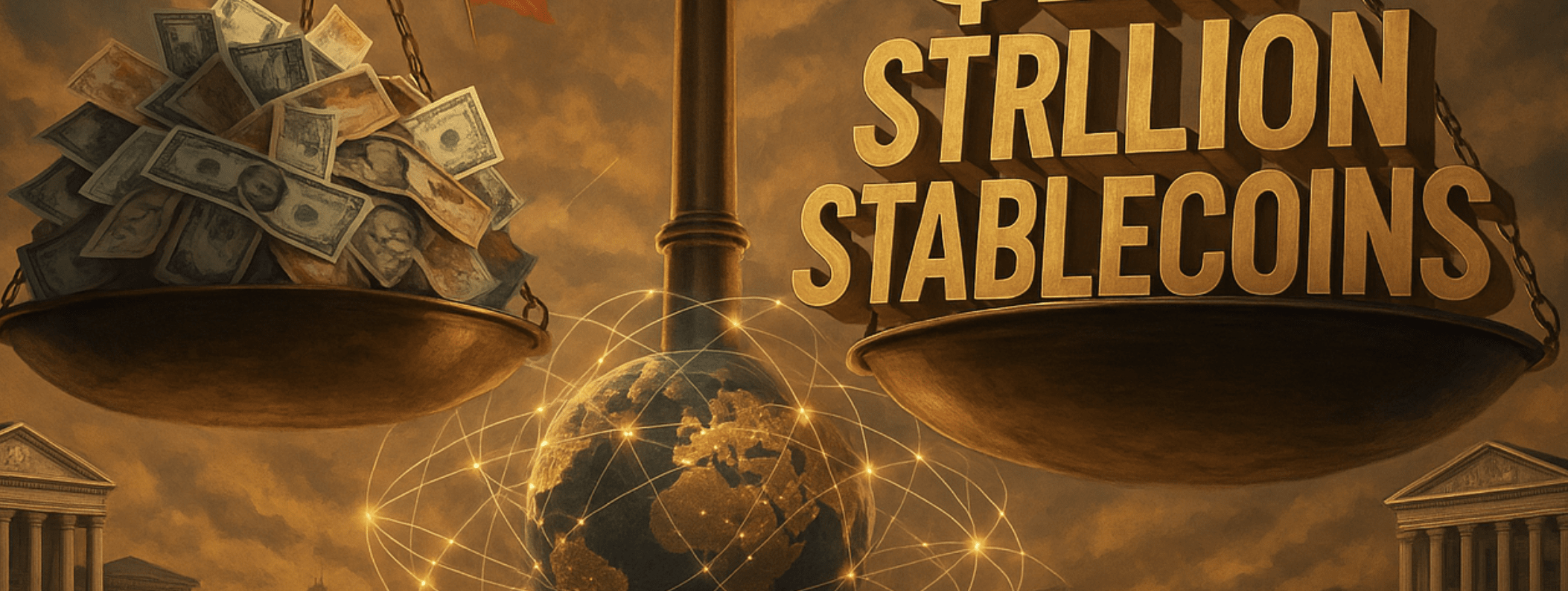
Explosive news! The global stablecoin market value has surpassed $270 billion for the first time, a figure that exceeds the money supply of many countries. Coincidentally, Hong Kong's (Stablecoin Regulations) took effect today, and stablecoins are transforming from experimental products into the core of global payment infrastructure.
$270 billion—what does that mean? It's equivalent to the market capitalization of some large multinational companies, higher than the GDP of many moderately developed countries. This not only reflects market recognition but also indicates the enormous global demand for digital payments.
Stablecoins still dominate, with USDT, USDC, and BUSD accounting for the vast majority of market share. This actually strengthens the international status of the US dollar, extending America's influence in the digital currency arena through stablecoins.
Hong Kong's regulatory innovation is significant. As the world's first licensing system for fiat-backed stablecoins, it provides institutional support for compliant development. This not only boosts investor confidence but also offers a regulatory model for other regions.
The impact of stablecoins on traditional finance is revolutionary. 24/7 transfers, seamless cross-border transactions, and extremely low costs make traditional bank transfers look inferior. International trade and cross-border payments are being redefined.
Financial inclusion has also significantly improved. Those without bank accounts can now participate in the global financial system through stablecoins. Especially in developing countries with underdeveloped financial infrastructure, stablecoins have become important financial tools.
However, risks cannot be ignored. Global regulatory policies vary significantly, and cross-border circulation faces uncertainties. The larger the market scale, the higher the systemic risk. Preventing abnormal fluctuations from impacting the financial system is a key issue for regulators.
Central bank digital currencies are also affected. The success of stablecoins provides experience for CBDCs, but also poses challenges to monetary policy transmission mechanisms. Central banks around the world are contemplating how to respond to this new form of currency.
The future prospects remain broad. The demand for stablecoins continues to grow in areas such as Web3, DeFi, and NFTs, and its importance as a medium of value exchange will further increase. With regulatory improvements and technological standardization, stablecoins will become the core infrastructure of global digital payments.

